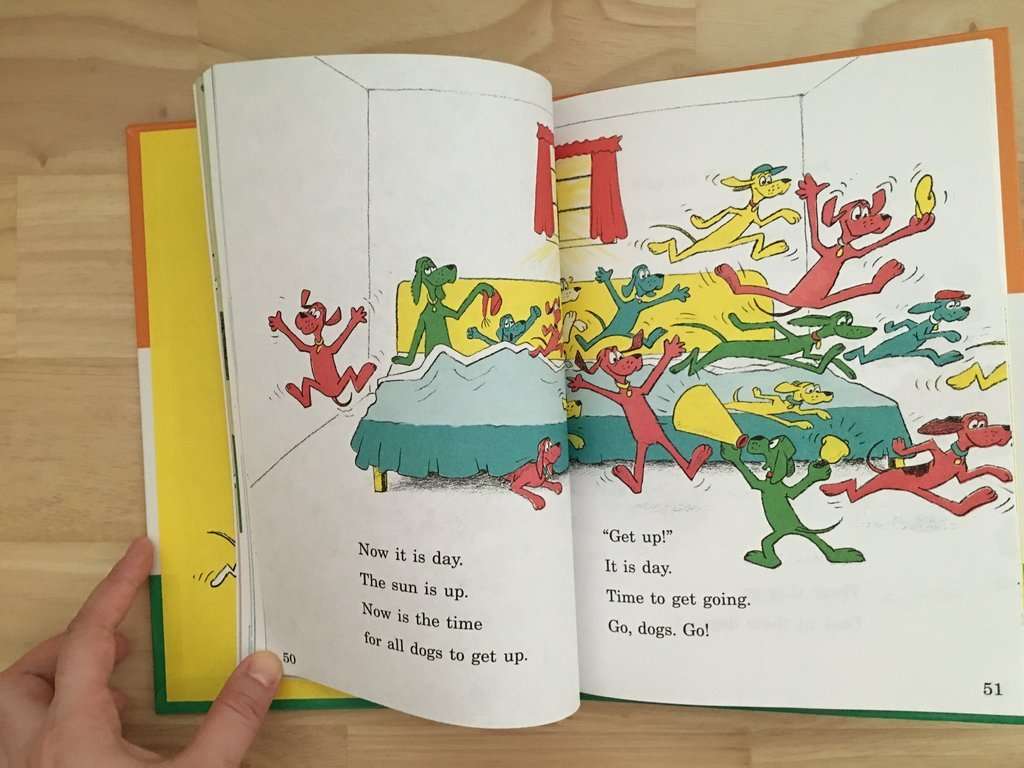Thus far, my time as a writer has been spent exclusively in the world of adult nonfiction, primarily memoirs. But I’ve made a switch. I’ve discovered a new love: children’s picture books. In truth, I’ve always known I would eventually arrive at this place. I just didn’t expect it to take so long.
Why picture books? Because they’re so short and easy? Hardly. You see, that’s the thing about picture books: they’re concise and unassuming. They’re easy to underestimate. Their craft is overlooked. So is their brilliance.
Try writing the story of War & Peace on a napkin. Your target audience is children between the ages of 2-8. Your themes must be clear, but not didactic. Your word choice must be specific and engaging, all the while being age-appropriate. Your story must have a unique voice and a beginning, middle, and end. The reader must make an emotional connection on every page. What reader? you wonder. The adult who is reading to the younger child? Or the older child who is reading the book alone? The answer is both. At the same time.

Memorable characters are a must–as is sensory language. And speaking of language, figurative language–things like repetition, onomatopoeia, alliteration, consonance, assonance, similes, metaphors, personification, and more–will often be woven throughout the text. And don’t forget the tension and suspense.
Finally–the pictures. Most authors don’t illustrate themselves (Publishers hire illustrators once they buy your manuscript), but the story must be written in such a way to leave room for the illustrations to tell pieces of the story that the words don’t. More complicated than you thought? And we haven’t even gotten into picture book storyboards, single or double-page spreads, and page turns and pacing.
Every single line is like Wordle on steroids. I’m in love.

Leave a Reply